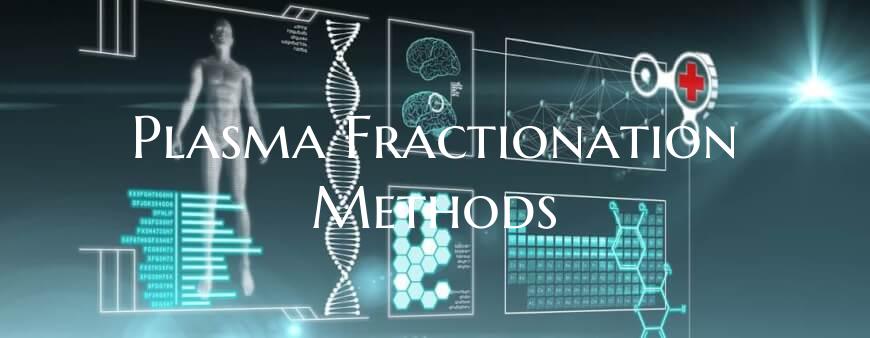Plasma Fractionation Methods
Plasma fractionation methods are essential processes that play a crucial role in the production of various life-saving therapies and medications. These methods involve the separation and isolation of different components found in human blood plasma to create specific therapeutic products.
One common plasma fractionation method is known as ethanol fractionation. This process involves the addition of ethanol to plasma, which leads to the precipitation and separation of proteins based on their unique properties. Through a series of filtration and purification steps, different plasma proteins such as albumin, immunoglobulins, and clotting factors can be isolated for further processing.
Another important plasma fractionation method is known as chromatography. This technique utilizes the differences in protein size, charge, and affinity to separate and purify specific plasma proteins. High-performance liquid chromatography (HPLC) and affinity chromatography are commonly used methods in the plasma fractionation process to isolate proteins with high precision and efficiency.
Furthermore, cryoprecipitation is a plasma fractionation method that involves the cooling of plasma to low temperatures, leading to the precipitation of certain proteins like fibrinogen and factor VIII. These proteins can then be collected and processed to create therapies for conditions such as hemophilia and fibrinogen deficiencies.
Overall, plasma fractionation methods are intricate processes that require precision, expertise, and advanced technology to ensure the production of safe and effective therapeutic products. These methods are critical in providing treatments for individuals with various medical conditions, ranging from immune deficiencies to coagulation disorders, highlighting the importance of plasma fractionation in modern medicine.

